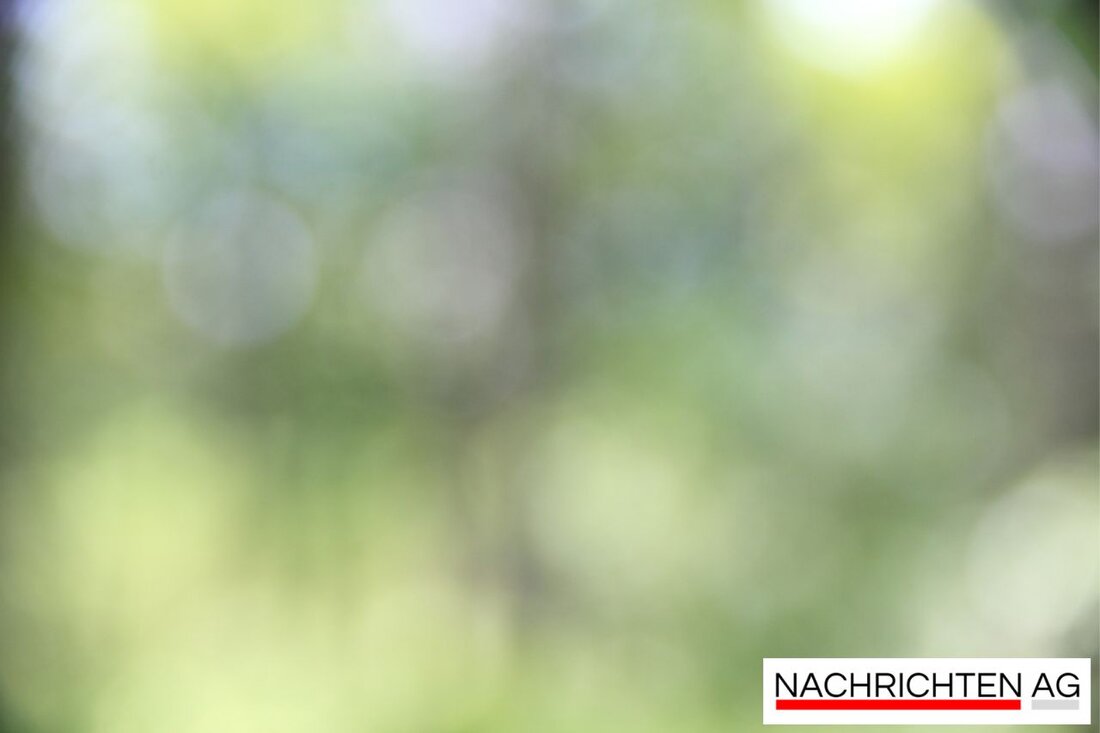Great moment in Sonneberg: Meteorite lecture about celestial discoveries!
On June 30, 2025, meteorite specialist Dieter Heinlein will present a lecture on meteorites at the Sonneberg Astronomy Museum.

Great moment in Sonneberg: Meteorite lecture about celestial discoveries!
The fascination with meteorites attracts visitors to the Astronomy Museum at the Sonneberg Observatory. On the comingJune 30, 2025away7 p.mThere will be an exciting lecture entitled “When it rains fire and metal from the sky”. The speaker is the experienced meteorite specialist Dieter Heinlein from German Aerospace Center (DLR), who has been collecting and studying meteorites for more than 45 years. His expertise is unmatched: Over6000He spotted suspected meteorite finds from Germany, but only five of them turned out to be real. These include three stone meteorites and two rare nickel-iron meteorites from Issigau and Wedel.
The most impressive find, the Issigau meteorite, is also the largest meteorite discovered in Germany, weighing over136 kilograms. In the lecture, Heinlein will explain the circumstances of the discovery and the methods for examining and classifying these celestial bodies. Particularly important is “Asteroid Day” 2025, which draws global attention to the importance of near-Earth objects. The entrance fees are included6 eurosfor adults and4.50 eurosExtremely affordable for schoolchildren and students, and no prior registration is necessary. The museum's doors are open from Tuesday to Sunday1 p.m. to 5 p.mopen, the address is Sternwartestrasse 32, Sonneberg-Neufang, and if you have any questions, please call (03675) 81218.
Meteorites from Brandenburg
The excitement about meteorites is not just limited to Sonneberg. Scientists are currently searching the area around Nennhausen in Havelland for pieces of the asteroid “2024BX1”. In a successful find that was reported last Friday, experts from... DLR confirm that the pieces found actually came from this asteroid. Jörn Helbert, a leading scientist, explained that the finds are interesting for research because they are fresh and could provide further insight into the atmospheric conditions when they occurred.
What's special about these meteorite pieces: They are grayish with white flecks, which distinguishes them from the most common, black, carbonaceous meteorites. Their analysis could provide additional information about the asteroid's composition and the circumstances of its entry into Earth's atmosphere.
Observations and finds in Germany
When looking at the meteorite finds in Germany, it is noticeable that many pieces were not observed, but their origins tell an exciting story. DLR documents numerous cases, with the Blaubeuren meteorite, for example, only being found in 1989, while its fall probably took place many centuries earlier. In contrast to this is the “Neuschwanstein” meteorite, whose fall was observed in 2002, and the subsequent rediscovery of fragments by the DLR meteorite detection network.
These clarifications and the ongoing research illustrate how vital the interest and work surrounding meteorite research is in Germany. The upcoming events and current finds not only offer exciting insights into the world of meteorites, but also an incentive for further research and discovery.

 Suche
Suche
 Mein Konto
Mein Konto